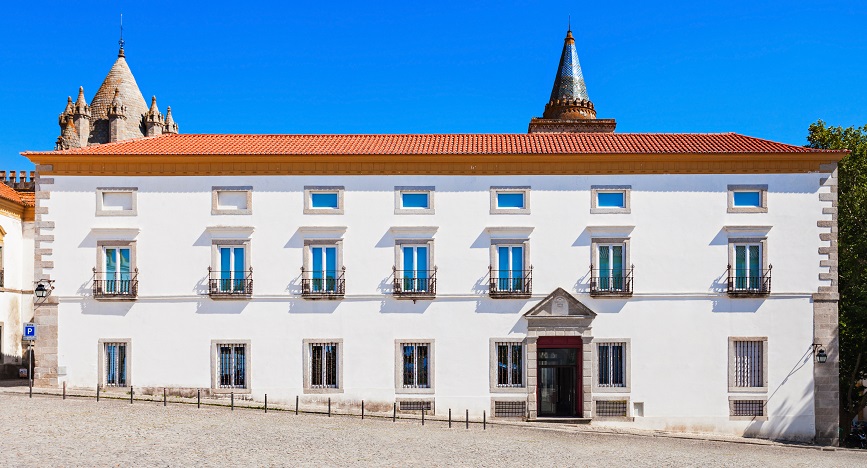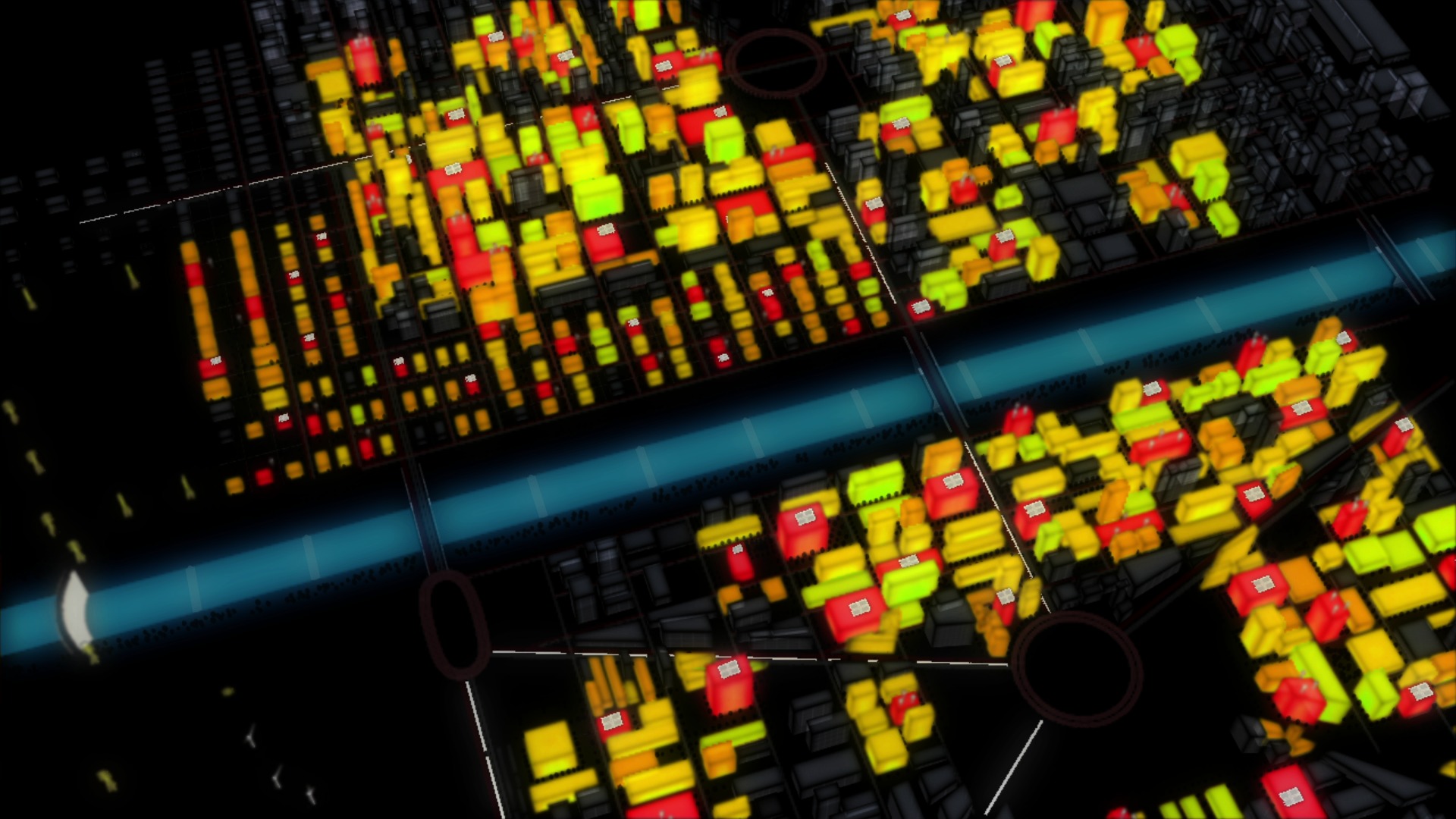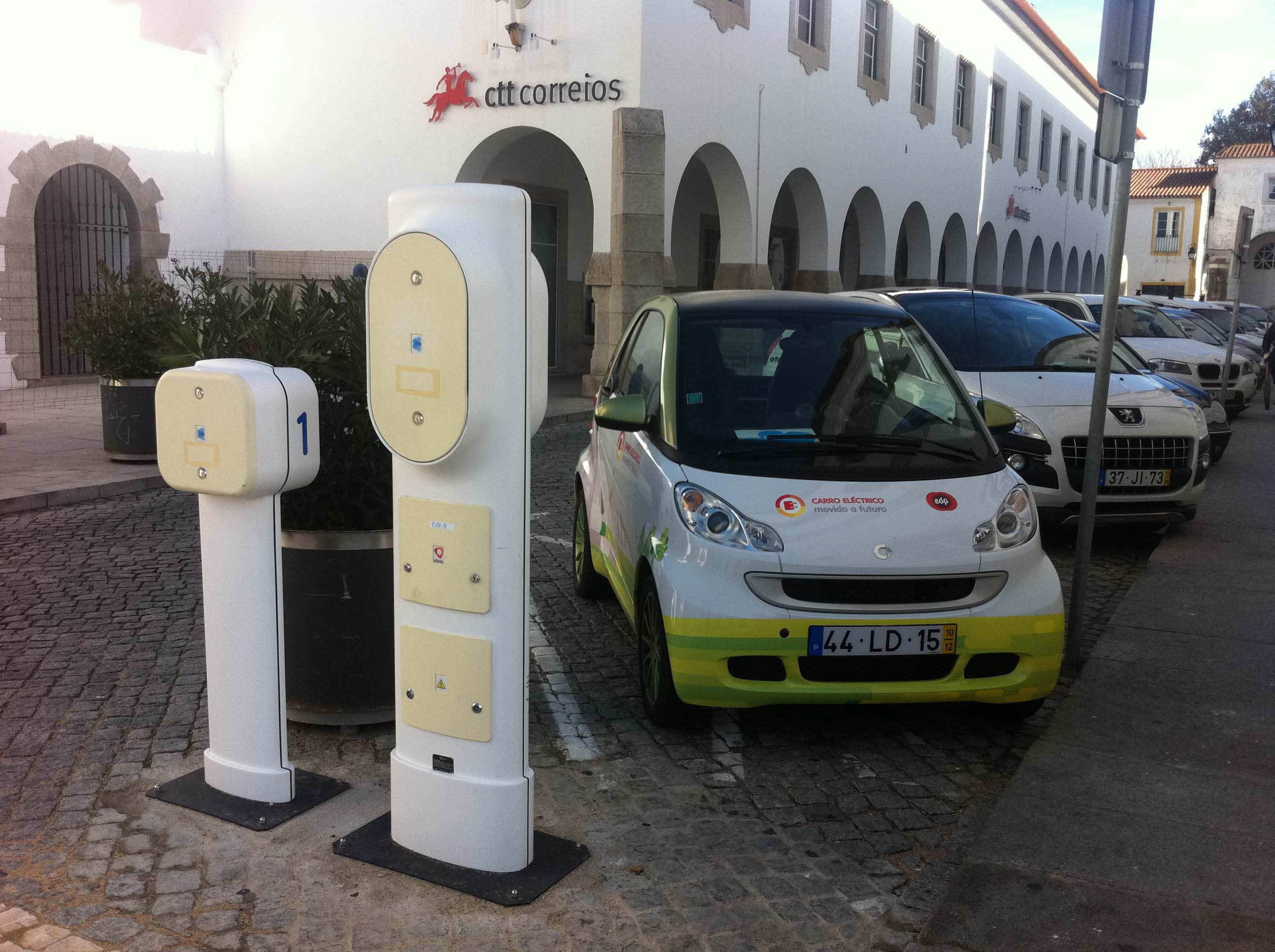Évora Inovcity
A new way of thinking about electricity production and distribution. This is the story of InovCity.
In the 21st century, the world is looking for new ways to reduce energy consumption. But in Alentejo, a historic city has discovered the secret to prevent energy waste.
The ruins of the Diana Temple continue to witness the passing of centuries, the University keeps welcoming new generations of students, and the Prata Aqueduct still dominates the landscape with its imposing dimensions. But something has changed in this city whose historic center is a UNESCO World Heritage Site.
From private houses to business venues and public buildings, estimated electricity consumption is a thing of the past. Any citizen can know exactly - and in real time - how much energy they consume. This is Évora, Portugal's first smart city.
Smart cities are defined by the use of smart electricity grids, where digital technology solves the problems of traditional grids with several advantages.
At home
Consumers know exactly when, how and where ene gy is spent throughout the day and can:
- program appliances to operate in the most convenient periods.
- manage consumption in real time, minimizing costs.
- take advantage of new services and price plans tailored to each consumer profile.
- use integrated home automation solutions to interact with domestic consumption devices.
- remotely activate services such as electricity tariff and power changes.
- produce energy at home, for own use or for sale to the network, by installing photovoltaic solar panels or small wind turbines at home.
- manage energy more efficiently by checking the difference between what you spend and what you produce online.

I've been a micro-producer for the past 4 years. It was a perfectly studied micro-production with regard to the choosing of solar panels and installed power. Now I practically produce what I consume." Micro-producer from Évora
For companies
Smart grids leverage:
- job-creating and export-driven industrial projects and skill centers.
- scientific research projects in collaboration with the academic community.
- innovative tools that allow companies to control their energy costs in highly detailed and reliable fashion.
- adjusting energy consumption to the company's activity can result in higher efficiency levels and reduced costs.
- more and better products and services from energy service companies.

"We were able to identify energy peaks and correct some situations. For instance, remotely shutting down some museum rooms that are not being used. Overall savings are about 12%."
In public spaces
What changes in public spaces?
- replacing traditional lamps with LED technology and 40% to 50% reduction in electricity costs.
- lighting adjustment according to natural light conditions: as dusks sets in, the lighting is automatically activated and gradually increases its intensity, thus avoiding unnecessary consumption.
- light intensity decrease between 2:00 am and 5:00 am, keeping minimum security conditions.
- adoção de sistemas de controlo dinâmicos, que fazem a gestão do fluxo luminoso em função da presença rodoviária ou humana, do estado da luminosidade ambiente e das condições ambientais.
- doption of dynamic control systems that manage the flow of light according to the presence of vehicle traffic or pedestrians, ambient luminosity, and atmospheric conditions.
Inovcity project
In order to turn our cities into innovative smart spaces, the InovCity project was launched in Alentejo by EDP Distribuição in 2010, with the support of EDP Inovação, Lógica, Inesc Porto, Efacec, Janz and Contar.
Évora thus became the first Iberian metropolis to test a new way of thinking about electricity distribution and production. The first stage focused on the automation of electric grid management in order to reduce operating costs, thus fostering energy efficiency and environmental sustainability.
But the early history of Évora as the first smart city in the Iberian Peninsula dates back to 2007, when EDP launched a pioneering project in Europe which revolutionizes electric grids and the way they interact with consumers: Inovgrid.
Inovgrid's goal is to move towards an intelligent distribution system based on energy telemanagement.
Why Évora?
Aires de Messias, EDP Distribuição's responsible for the project explains the choice of Évora:
"We tried to identify municipalities that allowed us to control the project from the beginning until the end. An administrative definition that would allow us to do the due diligence. On the other hand, it had to offer a certain level of community development. For instance, it had to have universities, good local media partners. Évora offers all that. On the other had, it would have to be a city with a very similar approach to that of EDP.
And finally it would have to be a city that would be part of the group of pilot cities where this electric car project would also be launched.
The project had a huge impact on the University of Évora and on the local community, with new projects, university courses, and even on tourism. The project had a very positive impact in terms of energy efficiency."
60%
Savings in electricity costs with the implementation of LED and AI technology in Évora
2011
The year in which InovCity was selected by the European Commission and Eureletric as a smart grid
100 mil
The number of new EDP Boxes installed in Évora, allowing an equal number of Portuguese families to reduce their electricity bills
After Évora
This project was considered a technological renovation and is now a world reference due to the capacity of the distribution grid, supported by an infrastructure that meets the needs resulting from energy efficiency, telemanagement, production, distribution, and microgeneration.
The Inovgrid Project was born as a business initiative in the 2010 Distribution Program (Programa Distribuição). In its early stage it was structured as an R&D project under the NSRF, and EDP Distribuição formed a consortium with several partners to bring the project to life. The implementation of the solution underwent two different stages: pre-installation, in 2009/2010, across various Portuguese regions for technological and process validation purposes, followed by massive installation in Évora in 2010/2011.
Évora thus became the first city to integrate all dimensions of this project, in order to assess the impact of InovGrid, particularly with regard to consumer benefits and grid operation improvements. At the same time, it has allowed EDP to gain experience for a future roll-out.
Following the project's success in this Alentejo town, seven new locations with different features were selected. Guimarães, S. João da Madeira, Lamego, Marinha Grande, Batalha, Alcochete and the Islands of Faro and Olhão were the chosen locations to install this smart distribution electric system.
The project has also reached Spain and Brazil. In 2011 the InovGrid project turned Aparecida into the first city in the State of São Paulo with a smart power grid. The pilot project included viability tests for a series of technologies that offer greater efficiency and quality in such services as smart metering, efficient street light, microproduction with renewable energy sources, electric mobility, and energy efficiency lighting initiatives.

